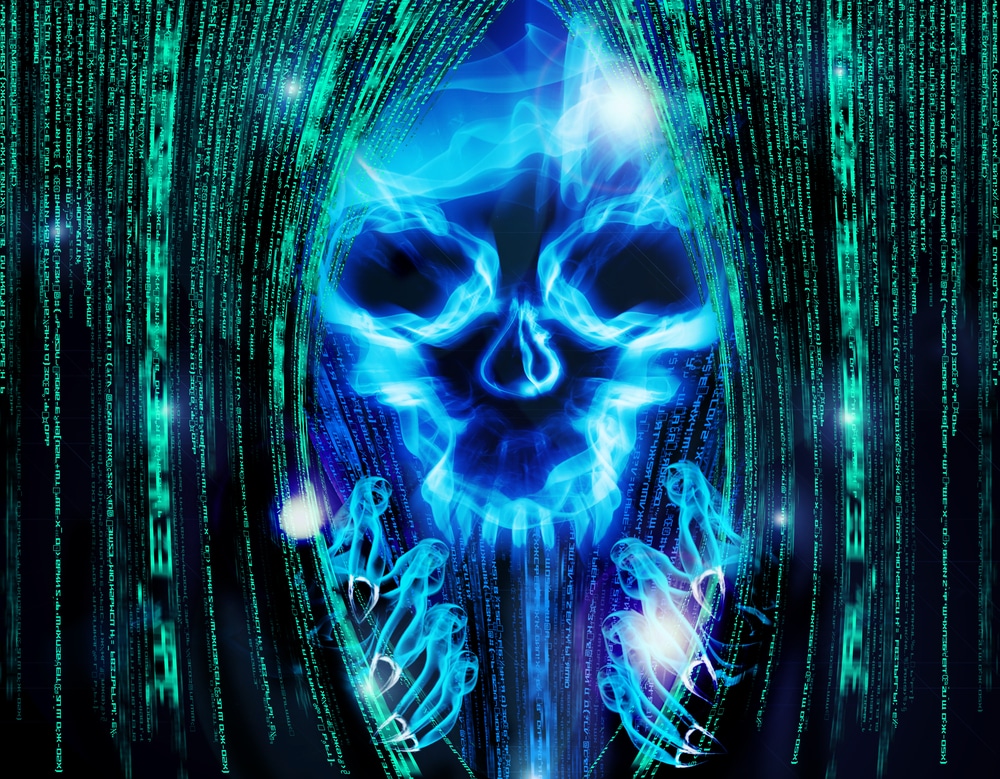
Protecting Windows Remote Desktop Protocol (RDP) from attack
The pandemic forced many employees into remote work, and cybercriminals are looking to exploit the situation by directly attacking remote desktop services as they become publicly available. Microsoft’s Remote Desktop Protocol (RDP) has become a prime target. According to a study released by the cybersecurity firm ESET, attacks against RDP have increased a stunning 768 percent over the course of 2020. Malware packages like Trickbot now include RDP scanners to search for open RDP ports, and distributed denial-of-service (DDoS) attacks have begun using RDP as a way to magnify their impact.
This is not to say that RDP or Windows are inherently bad. RDP is an extremely useful, complex, and functionally rich protocol for remote access. The open source project I work on, Apache Guacamole, leverages RDP internally as one of its supported protocols.
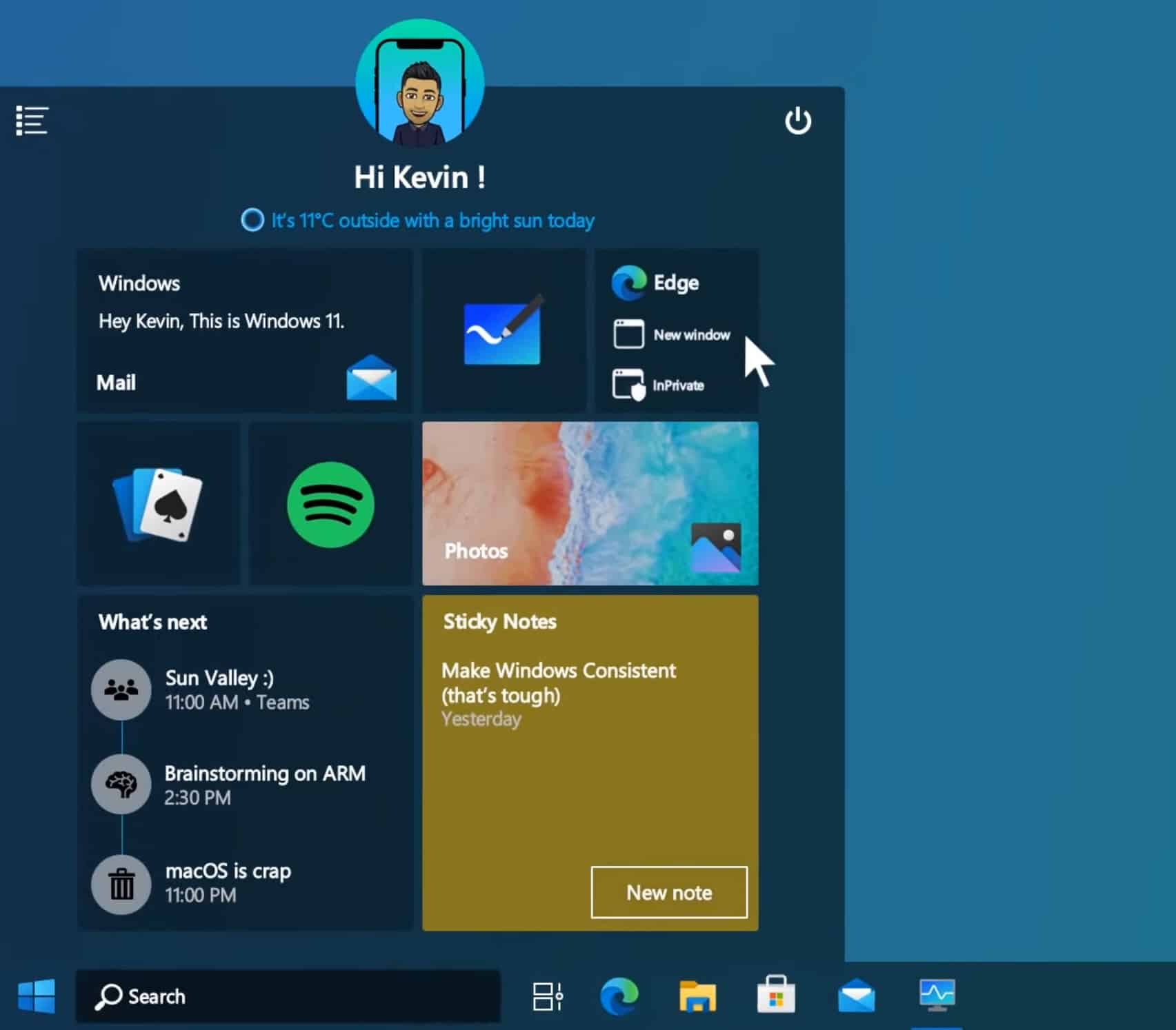
Windows 11 is the Microsoft operating system we need!
Although Microsoft is expected to begin giving Windows 10 a bit of a long-overdue redesign later in the year, the truth is that operating system has become a bit, well, boring. The last feature update, and the next one due out in he coming months (21H1), have made only minor tweaks to the OS.
Isn’t it time for a full, proper new version of Windows? Isn’t it time for Windows 11?
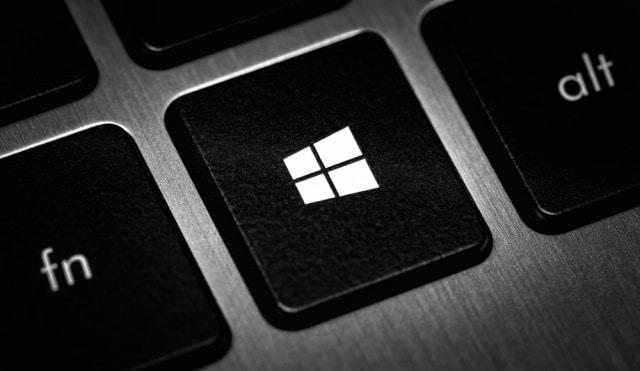
Microsoft forcibly installs KB4577586 update to remove Flash from Windows
The death of Flash has been on the cards for quite some time. What was once a staple of the online experience soon became little more than a security nightmare, and all of the major web browsers have slowly but surely dropped support for the software. Back in October, Microsoft released an update to not only remove Flash from Windows, but also prevent it from being reinstalled.
Now the company is upping the ante, and is pushing out the KB4577586 update to Windows users. The update is installed automatically and kills Flash once and for all.
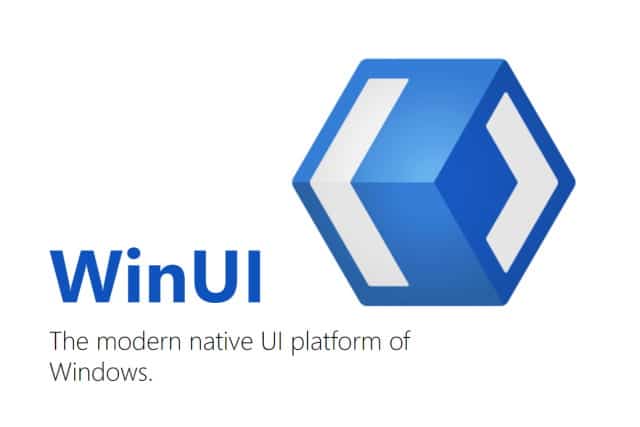
Microsoft reveals roadmap for WinUI 3.0 which will transform the look of Windows 10 apps
Microsoft has set out its plans for WinUI 3.0 which is due to ship later this year. Described as the "modern native UI platform of Windows", WinUI is the C++-based library of controls and Fluent styles that empowers developers to create a new breed of apps.
The company has shared details of the roadmap for WinUI, explaining how version 3.0 will expand into a full UX framework. It is part of Project Reunion which sees Microsoft bringing together a unified set of tools and APIs to make it easy to develop apps for different Windows 10 devices.

Run Windows apps on Linux with Wine 6.0
It used to be, people would scoff at the idea of switching to a Linux-based operating system due to a lack of software. While that is still true for some folks -- especially business users -- it is less of a concern these days. Why? Well, so many things are done through the web browser nowadays, lessening dependence on Windows software. For many consumers, just having the Google Chrome browser on, say, Ubuntu, is more than enough to accomplish their wants and needs. Not to mention, there are many quality Linux apps like GIMP and DaVinci Resolve.
But OK, lets say you really want to use a Linux-based operating system, but there's some Windows-only software that you absolutely cannot live without. Thankfully, you may still be able to ditch Windows and upgrade to something like Fedora or Linux Mint. How? Thanks to the excellent Wine. This compatibility layer (don't you dare call it an emulator), can sometimes enable you to run Windows software on Linux. Today, version 6.0 is released.

Google rewards stupid behavior by extending Windows 7 Chrome support
Windows 10 was not a surprise, nor was the fact that support was ending for Windows 7. Both home and Enterprise users were well informed of Windows 7's impending doom and given ample time to upgrade or buy new machines. Guess what happened? Smart people left Windows 7 before support ended while stupid people did not.
Look, I hate name-calling, but anyone still on Windows 7 is, in fact, stupid. OK, I suppose they could instead be lazy or indifferent, but ultimately, it is stupid behavior to run an unsupported operating system -- especially for a business. And that's why it is very disappointing to learn Google is extending Chrome support for Windows 7.
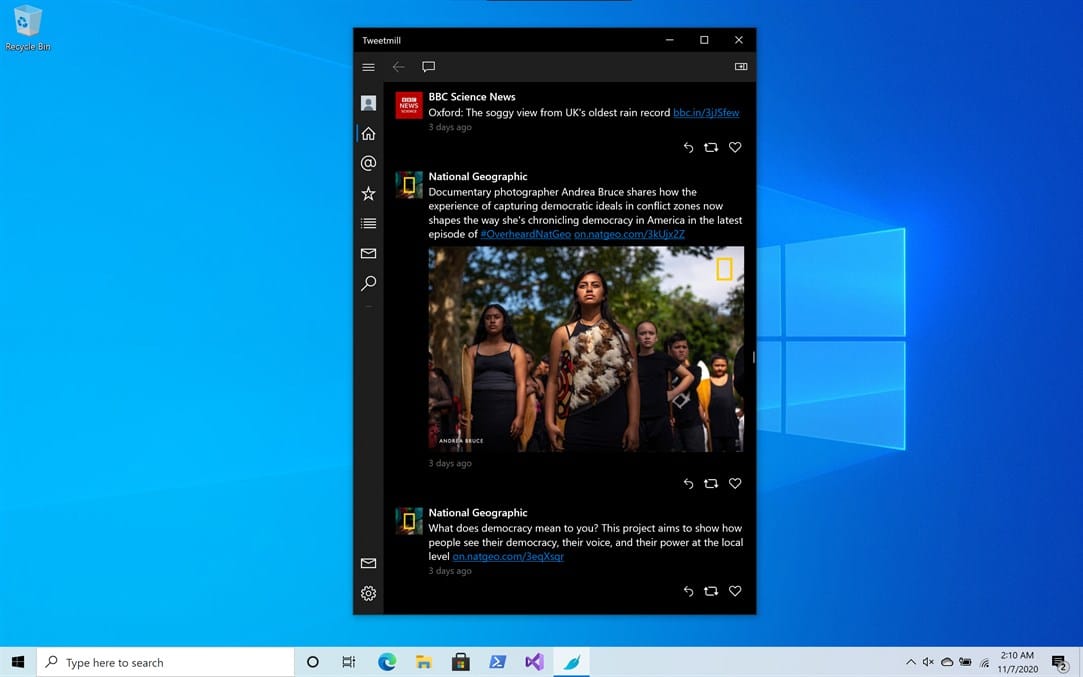
Best Windows 10 apps this week
Four-hundred-and-twelve in a series. Welcome to this week's overview of the best apps, games and extensions released for Windows 10 on the Microsoft Store in the past seven days.
Microsoft plans to introduce support for syncing the browsing history and open tabs in Edge 88.

Microsoft releases patch for Windows zero-day flaw found by Google
Last month, security researchers at Google's Project Zero released details of a zero-day vulnerability in Windows that was being actively exploited.
Hacklers were taking advantage of a Windows Kernel Cryptography Driver security flaw (CVE-2020-117087) to gain elevated privileges in Windows 7, 8, and 10, as well as Windows Server 2008 and higher. As part of yesterday's Patch Tuesday release, Microsoft has now issued a fix for the vulnerability.

ESET launches updated consumer security range for Windows
Cybersecurity company ESET is launching new versions of its Windows consumer security products offering improved levels of protection.
ESET Internet Security, ESET NOD32 Antivirus and ESET Smart Security Premium get a wide range of security improvements covering malware detection, online banking, password security and smart home support.
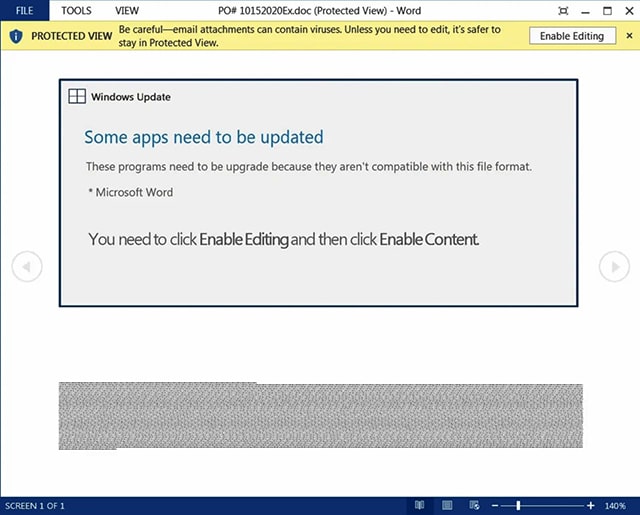
Beware the 'Windows Update' that can install malware, steal your personal information, and encrypt your PC
Emotet began life as a banking Trojan back in 2014 but has since evolved into something much worse -- a self-propagating platform that can deploy multiple exploits and spam campaigns.
The number one malware threat today, Emotet usually takes a break during the summer months while the developers behind it work to add new features and capabilities, and now it’s back with a new 'Windows Update' attachment.
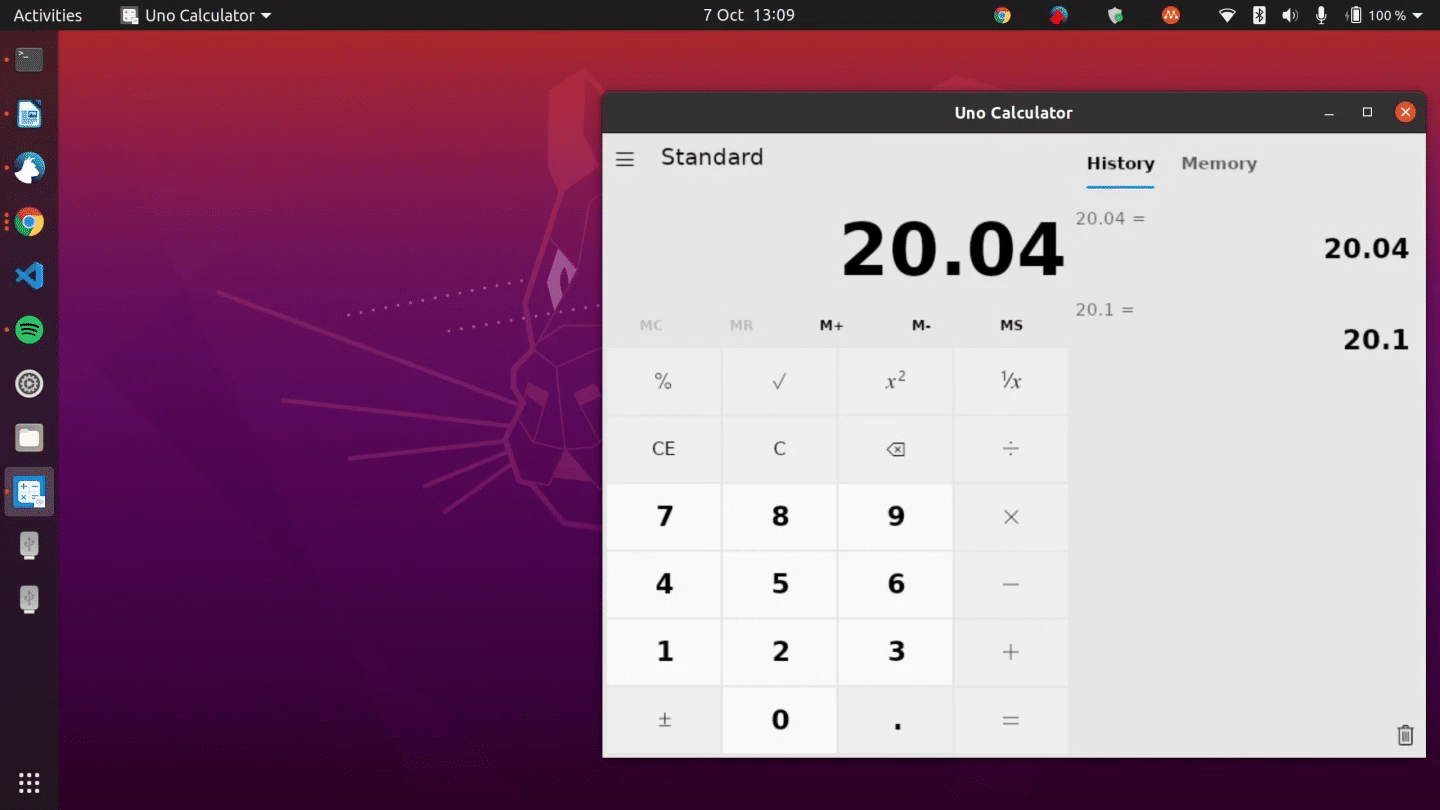
How to install Microsoft Windows Calculator on Linux
Microsoft is no longer an enemy of the Linux or Open Source communities. Believe it or not, the Windows-maker is an ally these days. Shocking, I know, but totally true. Linux is now built into Windows thanks to WSL, and Microsoft has several apps available for Linux.
The company has even made some of its apps open source as well. For instance, back in 2019, Microsoft released the source for Windows Calculator on GitHub. And now, that calculator app has been ported to Linux by Uno Platform. Best of all, its insanely easy to install as it is packaged in Snap format.
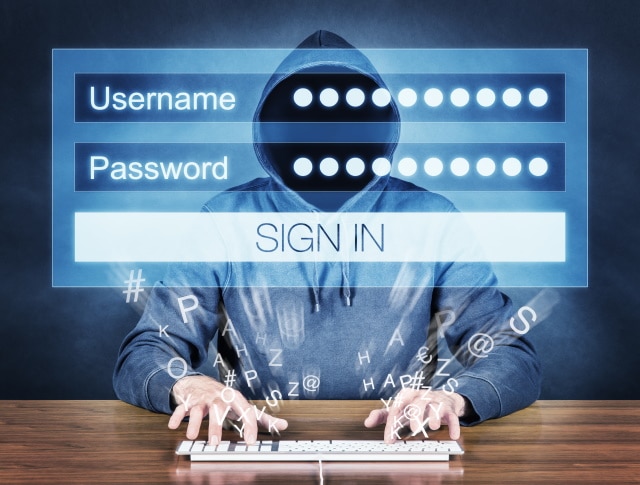
Hackers could use Windows 10 themes to steal passwords
People like to be individuals, and in the computing arena one way to be a little different is to change the look of Windows by using themes. But a security researcher has warned of a technique that could be exploited by hackers to trick users into divulging their Windows login details when applying a theme.
Malicious theme packs can be used to execute a "pass-the-hash" attack which sends passwords to a remote server. The specially designed themes are easy to create, andthe way the credential stealing attack works will fool many people -- but there are protective measures that can be put in place.

Zorin OS 15.3 Linux distro can replace buggy Microsoft Windows 10 on your PC
So, here we are in September, six months removed from the release of Zorin OS 15.2. A lot has happened since March -- a pandemic, civil unrest, and out-of-control wildfires are just a few of the things that have made this year quite stressful. Not all is bad, however, as we have football starting up this week -- a great distraction to life's stresses.
Today we also get some big news on the Linux front -- Zorin OS 15.3 is finally here. True, it is just a point release, but once again, it should be the best version of Zorin yet. While great for Linux experts, I highly recommend it to those looking to switch from the buggy and much-maligned Windows 10. Zorin OS is a stable and well-designed operating system that is reminiscent of Windows. And so, its familiarity is a great way for Windows users to comfortably experience Linux. Version 15.3 comes with LibreOffice 6.4.6, which is a great alternative to Microsoft Office.

Open source Mario Kart clone SuperTuxKart 1.2 is FREE on Windows, Mac, and Linux
Some people think you need expensive hardware to have fun playing video games, but the truth is, you don't. Believe it or not, there are plenty of free games that can run well on a fairly meager PC. No, I am not just talking about emulating classic video games (piracy is bad, mmkay). Actually, there are some really fun PC games that you can legally download at no charge.
One such popular game is SuperTuxKart. This open source Mario Kart clone is totally FREE on Windows, Mac, and Linux. It can even be had on Android too. Rather than use Nintendo mascots, the racers in SuperTuxKart are based on open source projects -- it is quite cute. The game even has network support these days, so you can have a multiplayer experience over the internet. SuperTuxKart recently reached version 1.2, and the new version is chock full of improvements. The developers are also sharing their plans for the future of the game.
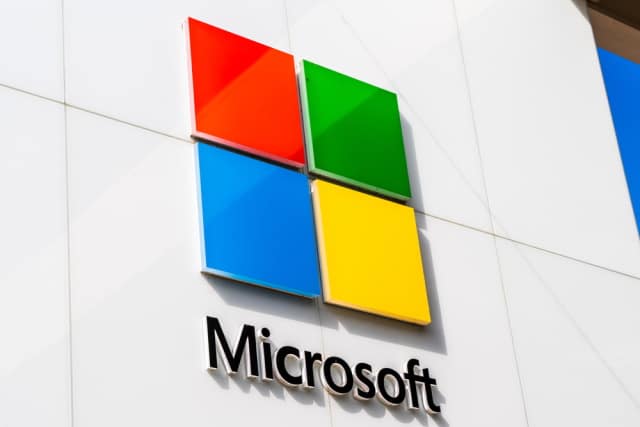
Microsoft releases KB4578013 to fix two Windows Remote Access Elevation of Privilege vulnerabilities
Microsoft has released an out of band security update that addresses two separate Windows Remote Access Elevation of Privilege vulnerabilities.
KB4578013 fixes the CVE-2020-1530 and CVE-2020-1537 issues relating to Windows Remote Access' handling of memory and file operation respectively. Microsoft had already issued a patch for Windows 10 earlier this month, but the new patch is aimed at people running Windows 8.1, RT 8.1, and Server 2012 R2.
